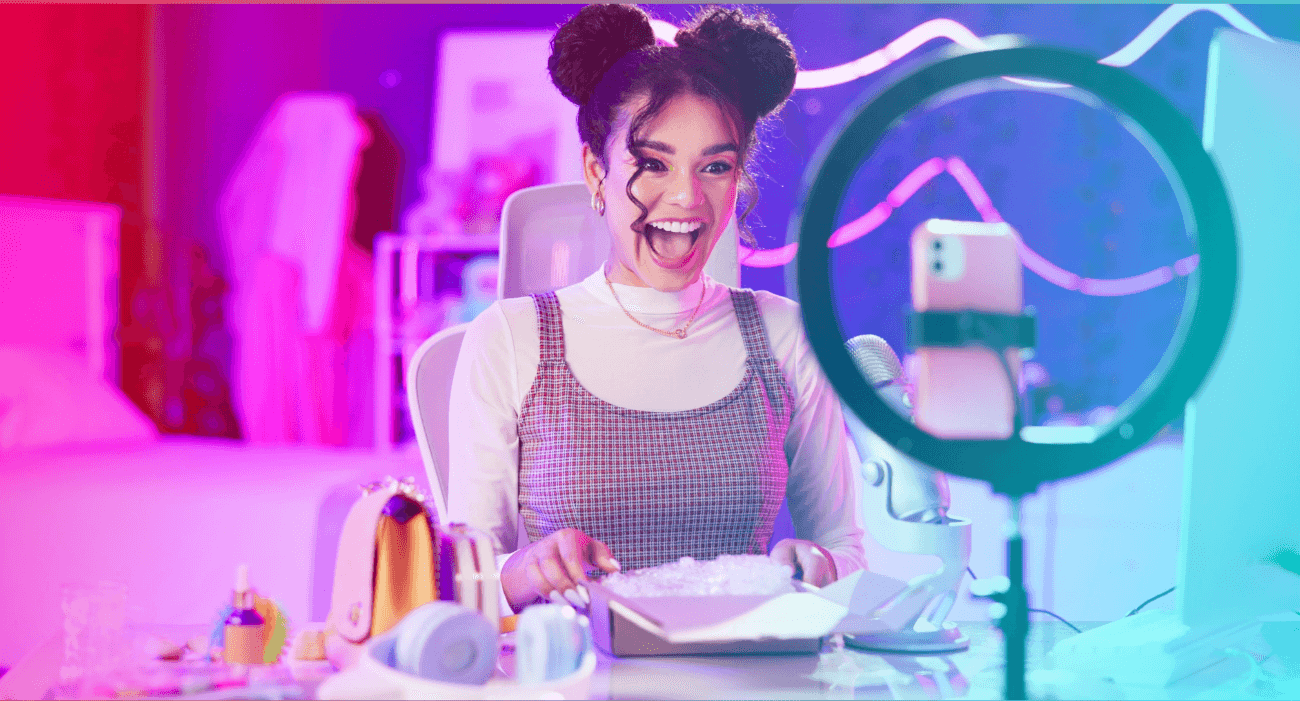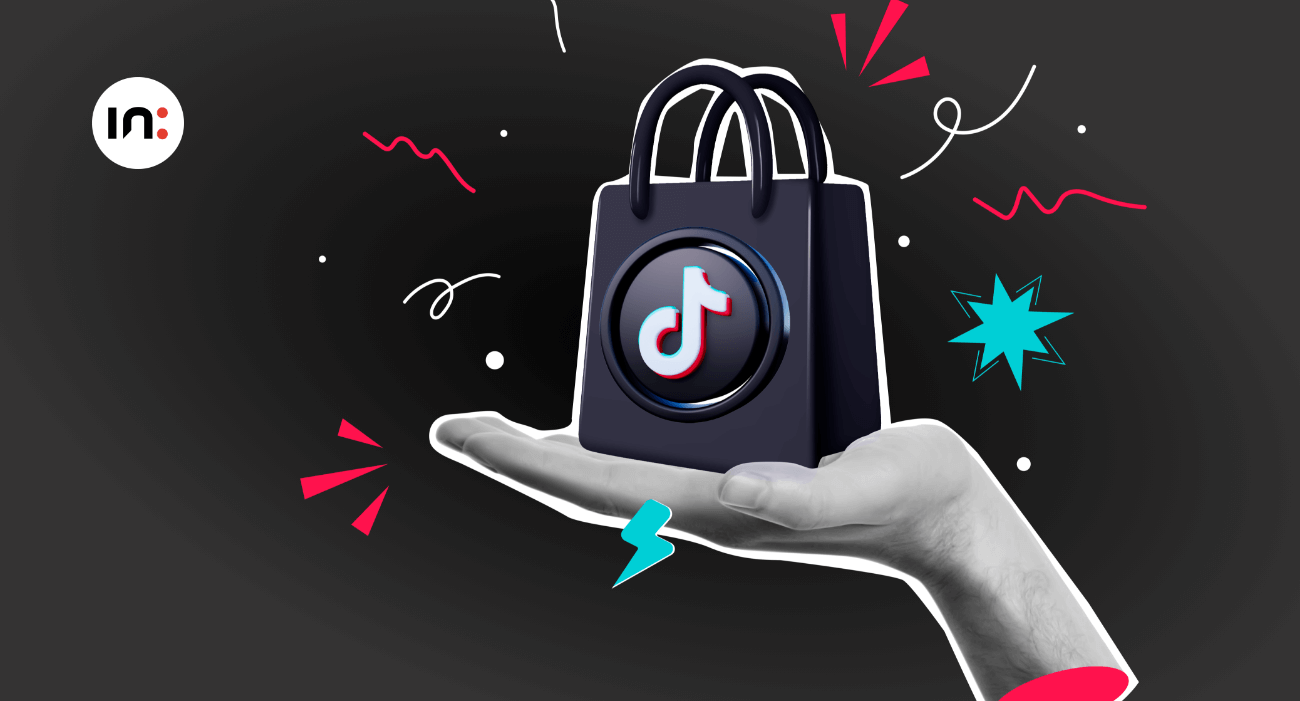
TIKTOK SHOP: IS THE CUSTOMER EXPERIENCE IN E-COMMERCE ENTERING A NEW PARADIGM?
Alice Morrone, Partner and Chief Experience Officer at Black Pep part of Intarget
TikTok Shop has become the third-largest online merchant by value in the UK (and the thirteenth in the US) in just about a year and a half since its launch. In categories like beauty, it ranks second.
What are the reasons behind this success? We have identified five.
1 – Shoppertainment
TikTok’s ability to engage users — making them feel emotional, relaxed, entertained, and passionate — seamlessly blends with the opportunity to drive purchases.
The platform is magnetic: it captures users’ attention, as proven by its global leadership in monthly time spent — around 35 hours per month on average worldwide, far ahead of YouTube’s 27 hours (in Italy, the gap is even larger: 30 hours for TikTok vs 17 for YouTube).
With TikTok Shop, discovery and purchasing happen within the same entertainment environment. Users come back for the fun and end up buying.
2 – Checkout UX
An extremely easy checkout process, completed directly within the app without any friction, fulfills the spontaneous purchase desire that TikTok fosters.
Shopping becomes almost a reflex.
The checkout experience avoids the “tortures” typical of traditional e-commerce: it’s so smooth and simple that it’s practically invisible.
3 – Personalization
According to a recent Capgemini report¹, 71% of consumers want generative AI to be integrated into their shopping journeys.
Another study by Medallia² reveals:
82% of consumers say that personalized experiences influence the brand they end up purchasing from in at least half of buying situations.
61% are willing to spend more with brands offering personalized experiences.
Yet… how often do e-commerce sites truly activate real-time advanced personalization tools?
While 85% of companies believe they offer personalized shopping experiences, only 60% of consumers feel they actually experience it³.
Often, personalization is still very generic (e.g., male vs. female) or deterministic (e.g., if a user adds a specific product to the cart, they receive a popup with a discount).
TikTok’s algorithm is far more sophisticated:
It builds a behavioral profile in real time, analyzing every micro-interaction — video views, duration, comments, saves, shares, videos skipped or watched multiple times — to constantly propose increasingly relevant content across topics, visuals, audio, hashtags, style, accounts, and more.
The result? Users continuously see more of what they love, better tailored each time they open the app.
How could they resist buying?
In live shopping sessions, users can even interact in real time with creators and the live community, asking for more information or participating actively — creating a strong sense of co-creation and emotional connection.
4 – Neuromarketing
The emotional engagement and instant gratification generated by discovering new content in the “For You” feed activate users’ limbic system.
Every upward swipe revealing a new video acts as an unpredictable mini-reward.
This stream of dopamine releases in the brain’s reward circuit makes it difficult to stop seeking instant pleasures.
The amygdala, the brain’s emotional processing center, quickly detects strong emotional stimuli (especially fear or surprise) and triggers instinctive reactions.
On TikTok, many contents are designed to elicit intense emotions — from uncontrollable laughter to sudden shock — keeping users instinctively engaged.
During live shopping, additional triggers enhance the sense of urgency: colorful promo codes, countdowns, coupons, and social proof mechanisms (e.g., showing how many others have already purchased a product).
Instant purchasing action triggers extra dopamine, reinforcing the behavior.
5 – Authenticity
Users trust creators.
Especially for Gen Z and younger generations, creators are the primary source of product discovery and inspiration⁴.
The more simple, spontaneous, and imperfect the creator appears, the more users are influenced.
They want to see brand content for information purposes, but their purchasing decisions are shaped by the recommendations of trusted creators.
Authenticity is a non-negotiable value — for both content creators and users — forming an unspoken bond.
It’s no coincidence that haul videos — where creators unpack and showcase their shopping — have long been among users’ favorite formats.
They simulate a casual “chat among friends,” fostering a sense of empathy and comfort.
Now, TikTok Shop natively integrates brand collaborations with creators through the TikTok Shop Creator Program, a meeting point between businesses and talented influencers who can promote products with the right tone of voice, aligned both with the platform and brand identity.
What to Expect Next
The strengths of TikTok Shop will likely reshape user expectations towards e-commerce experiences overall: setting higher standards for UX, personalization, and the desire for entertainment and relaxation while shopping.
Moreover, TikTok Shop reports significantly lower return rates compared to traditional e-commerce because users can see the product in context, ask questions, and experience it almost firsthand through mirror neuron activation.
Will users still be satisfied with a classic PDP (Product Detail Page) with just two photos?
We shall see.
References
https://www.capgemini.com/insights/research-library/what-matters-to-todays-consumer-2025/
https://www.medallia.com/it/blog/personalized-customer-experiences-drive-business growth/
https://www.demandsage.com/personalization-statistics/
https://www.shopify.com/blog/influencer-marketing-statistics






